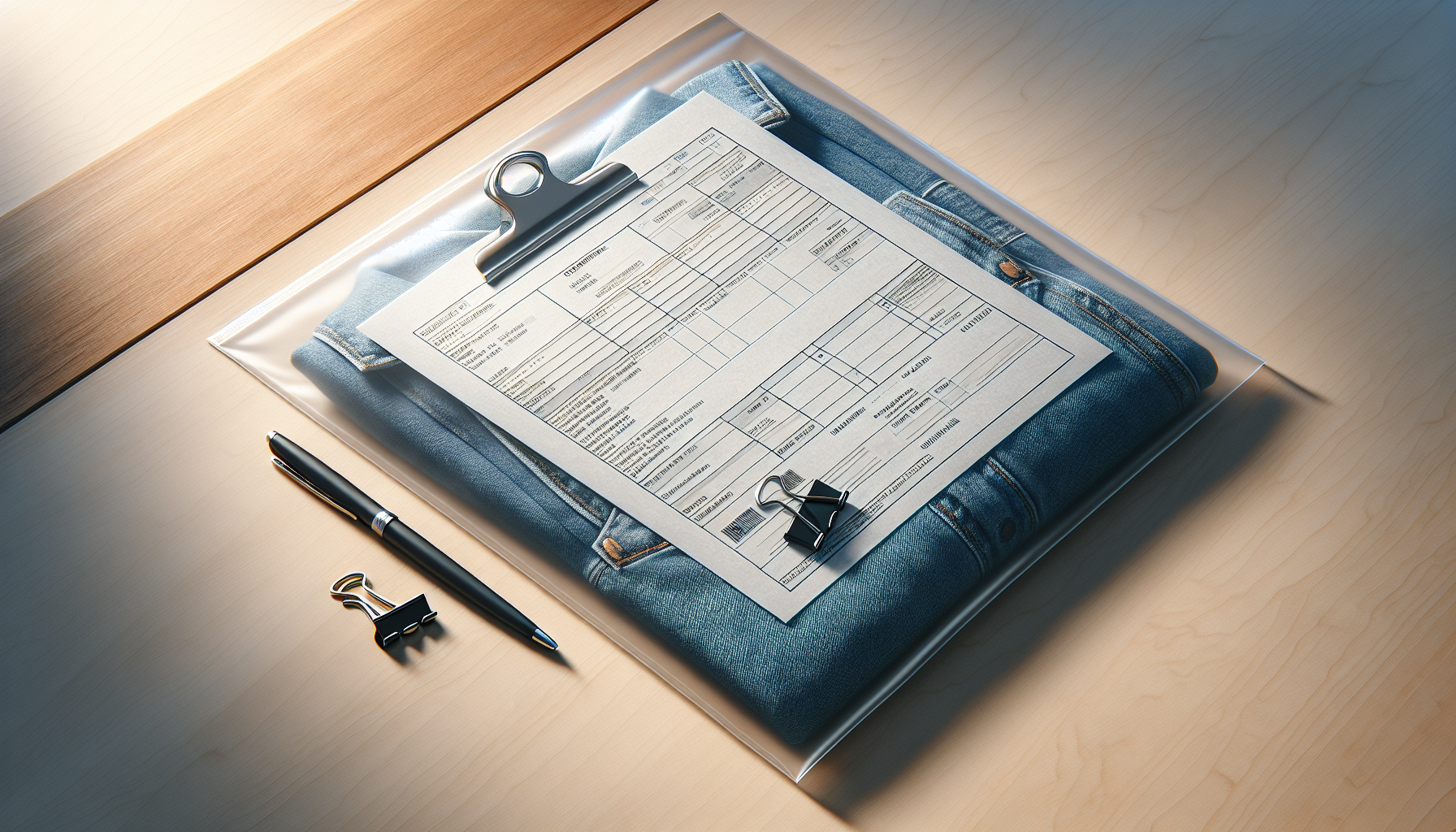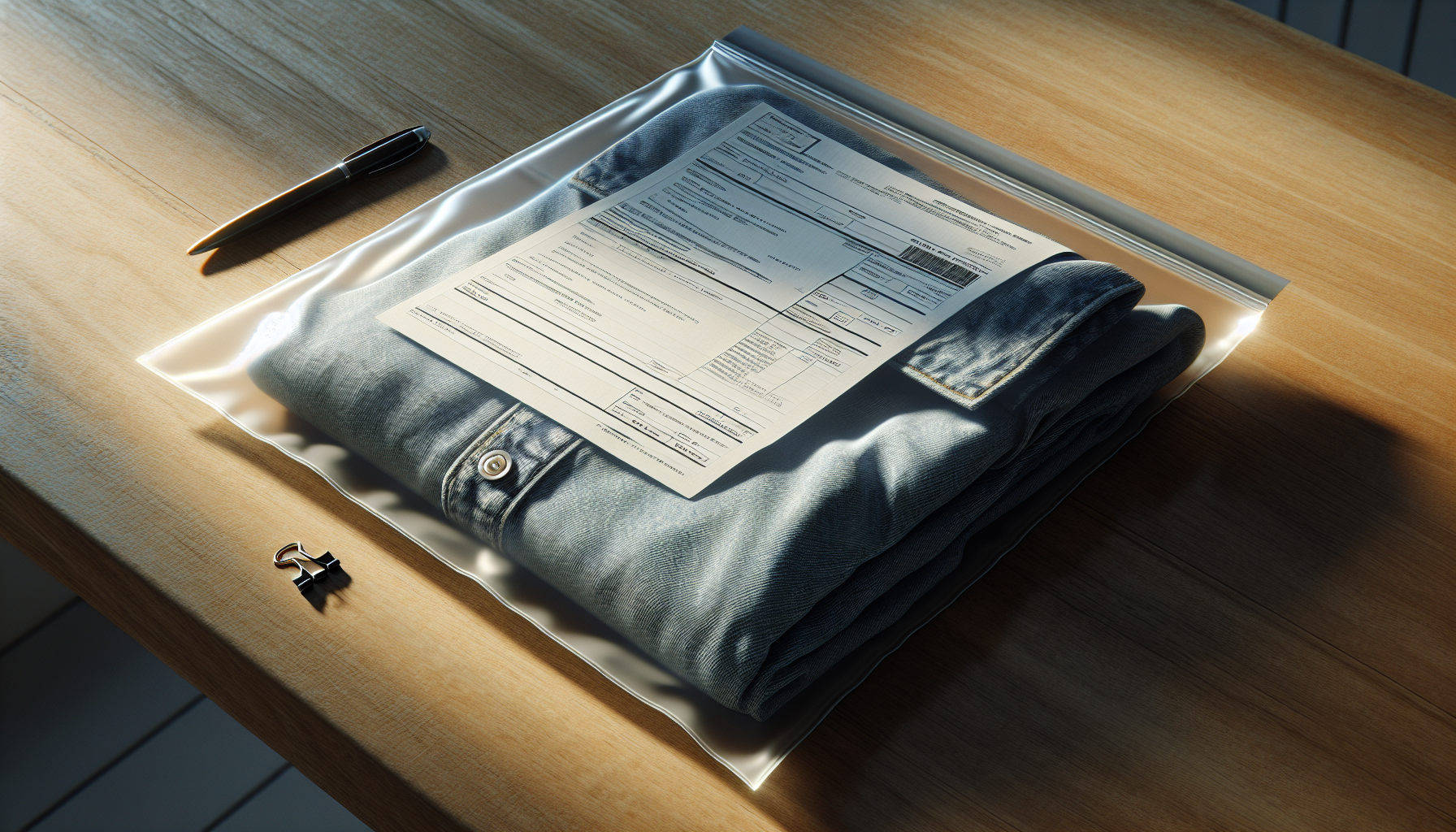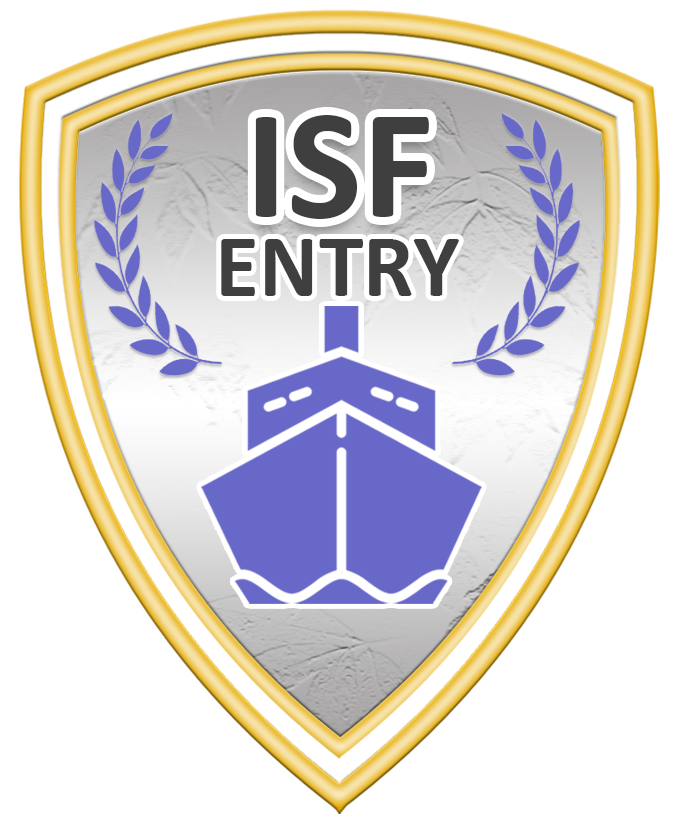ISF Filing For Small-Batch Apparel: Audit-Ready Checklist
?Do you know what steps you must take to make your small-batch clothing shipment ready for a customs audit?
ISF Filing For Small-Batch Apparel: Audit-Ready Checklist
This checklist helps you keep your small-batch apparel shipments safe, legal, and easy to clear through customs. You will learn clear steps, simple terms, and what to check before your shipment leaves the factory.

What is ISF and why it matters
ISF stands for Importer Security Filing, and it is a rule that helps U.S. Customs know about incoming ocean shipments early. You need to file ISF so your goods can move quickly and to avoid fines if information is missing or wrong.
Expertise Depth
This section gives you clear, practical steps based on experience to help prevent common mistakes. You will get tips that come from real-world filing practice, written simply so you can follow them.
Who must file and when
You, as the importer, are usually responsible for filing ISF before the container is loaded onto the ship. You must submit the filing at least 24 hours before the vessel departs a foreign port for the United States.
Key data elements you must collect
You will need simple facts about your order and shipment. Collect these items early so you can file without rush:
- Seller and buyer names and addresses.
- Manufacturer name and country.
- Shipment’s ultimate consignee and purchaser.
- Container stuffing location and vessel voyage number.
- Harmonized Tariff Schedule (HTS) numbers for each product.
- Country of origin for each product.
- Bill of lading number or booking reference.

How to prepare for small-batch apparel specifics
Small-batch apparel often means many SKUs in one container or mixed materials in a small parcel. You should:
- Group items with the same HTS number where possible.
- Keep sample photos and product descriptions that match HTS codes.
- Confirm country-of-origin labeling for each style.
Filing steps you will follow
Follow these steps so your ISF is complete and accurate:
- Gather data items listed above from your supplier and freight forwarder.
- Verify HTS numbers and country of origin on invoices and packing lists.
- File the ISF electronically through your broker or certified ISF filer.
- Confirm the bill of lading number and vessel voyage before final submission.
- Keep a copy of the ISF confirmation and attach it to your shipment records.
Common mistakes and how you avoid them
Mistakes slow you down and can cost money. You should watch out for:
- Missing or incorrect HTS numbers — double-check with a customs specialist.
- Late filing — set calendar reminders for the 24-hour rule.
- Wrong manufacturer or consignee names — use legal company names that match documents.
Audit preparation and records to keep
If customs asks for proof, you must show clear, simple records you kept. Keep the following for at least five years:
- Commercial invoices and packing lists.
- Purchase orders and contracts with the supplier.
- Proof of payment and transport documents.
- Correspondence that confirms who did what and when.
Edge cases and what you do when things go wrong
Small-batch shipments sometimes change after filing. If something changes:
- Submit an ISF amendment right away with corrected details.
- Notify your broker and the carrier about the change.
- Keep notes of why the change happened for audit evidence.
Final audit-ready checklist
Use this numbered list to check your file before shipment:
- Have you collected seller, manufacturer, and consignee names and addresses?
- Are HTS numbers and country-of-origin confirmed?
- Does the bill of lading match your ISF data?
- Is the ISF filed at least 24 hours before vessel departure?
- Have you saved all invoices, contracts, and emails for five years?
- Do you have a plan to amend the ISF if details change?
Closing reminder
You can make importing small-batch apparel smooth if you collect the right documents and file early. Keeping simple, clear records and working with a trusted broker reduces stress and keeps your shipments moving.
Importer Security Filing & Entry Clearance appears in many customs checklists, so keep this guide handy and follow each step to stay audit-ready.
